
While the response to Hooks has been overwhelmingly positive, we are going to look at some of the not so popular parts of React Hooks.
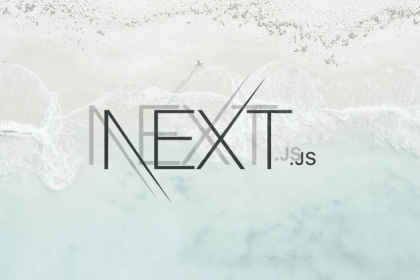
Next.js 10.1 has a little something in it for everyone. In this article, we will explore these features in more detail.

In this article, we’ll learn about five new APIs that have recently been shipped from Project Fugu to help developers build full-featured apps on the web.
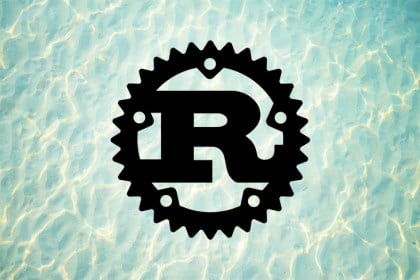
Measure Rust web application performance with this introductory tutorial and guide to several handy profiling tools.
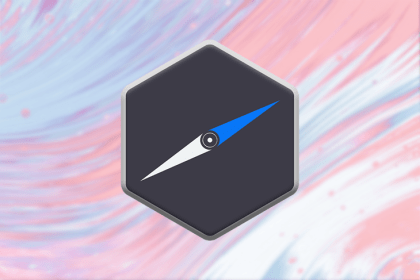
NW.js is a powerful alternative to Electron for native application development that offers a range of great integrations.
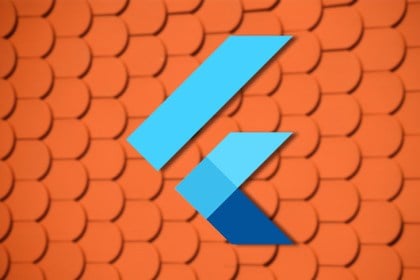
Learn how to implement and control Flutter’s wide variety of text field customization options in this ultimate guide.
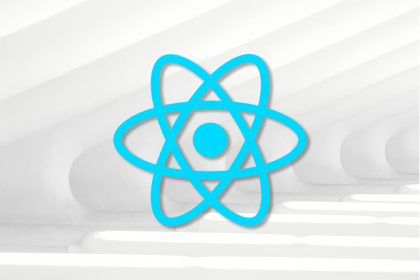
Check improvements to React Native released with version 0.64, including Hermes updates and dependency changes.

Get full bidirectional real-time communication for your application by implementing a WebSockets server with Deno.

SPA frameworks have the same goal, but there are differences that will make you reconsider comparing Blazor to other JavaScript frameworks.

Get started with an overview of Crystal 1.0, a new frontend language inspired by Ruby with the power of C.

Version 4.2 of TypeScript was released in February 2021, with new features, bug fixes, and performance improvements. Find out more here.
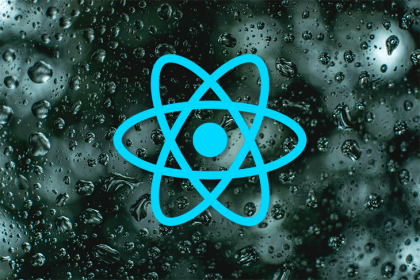
Learn which third-party React Native libraries create the best possible user and developer experience for styling, navigation, testing, and more.